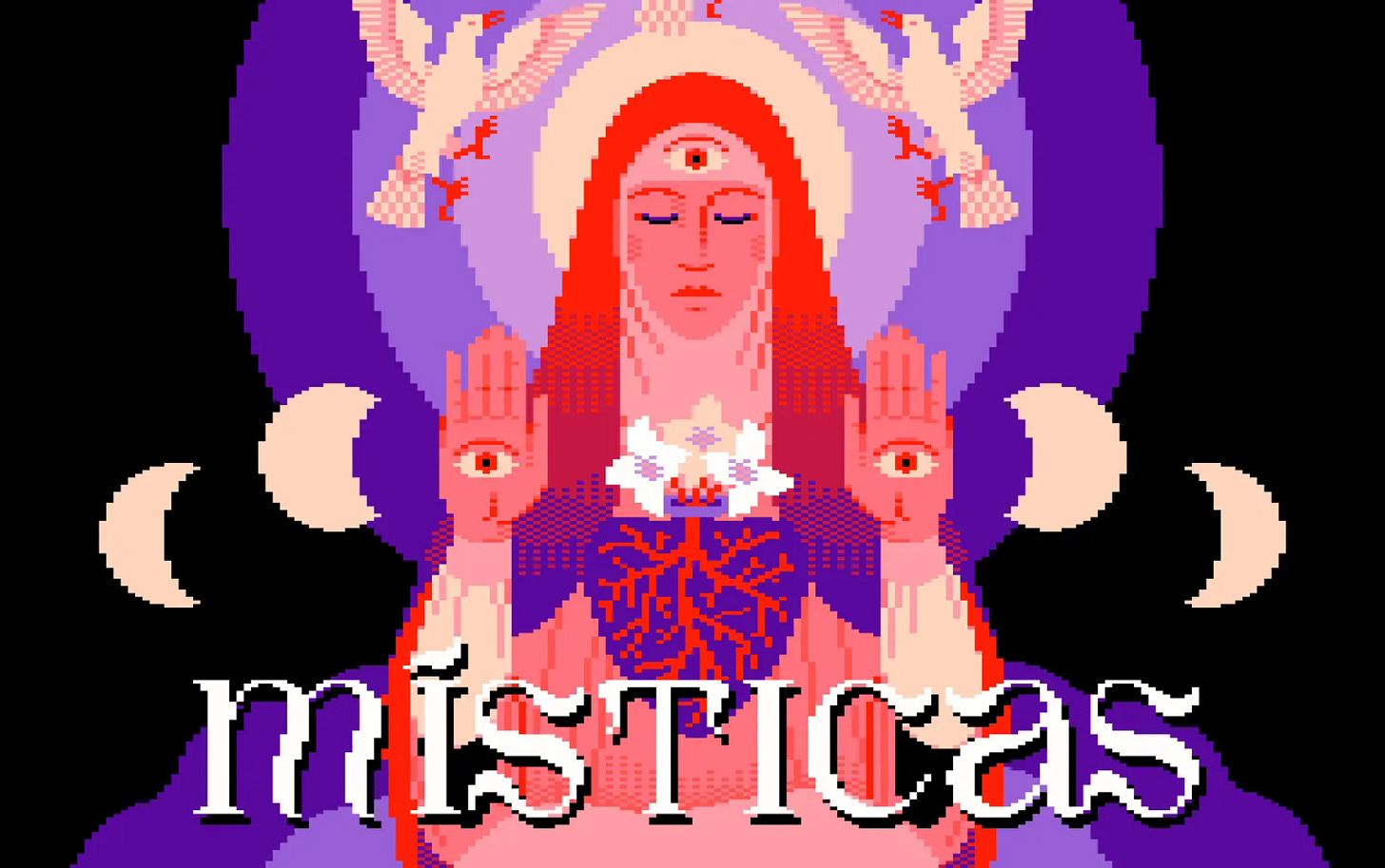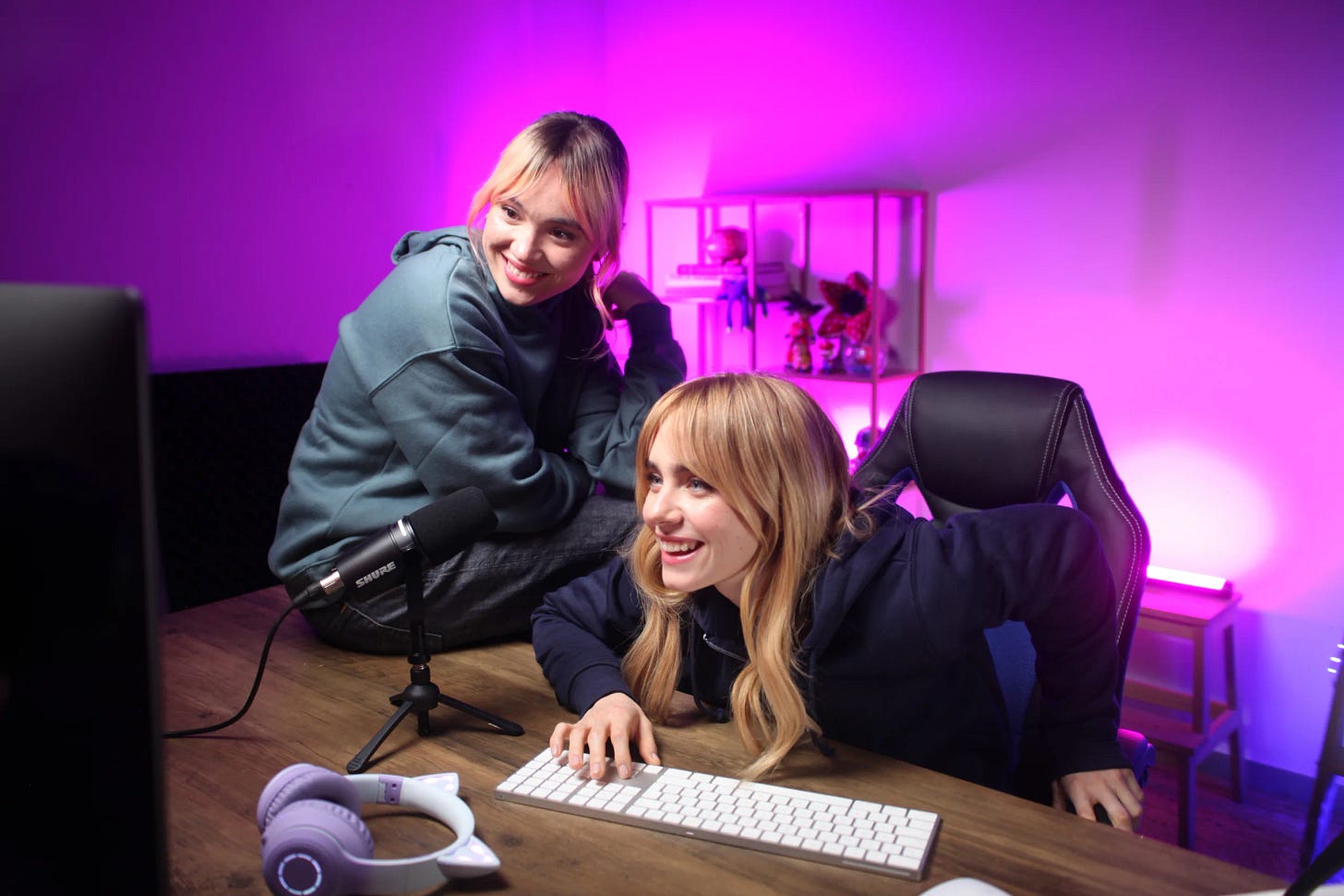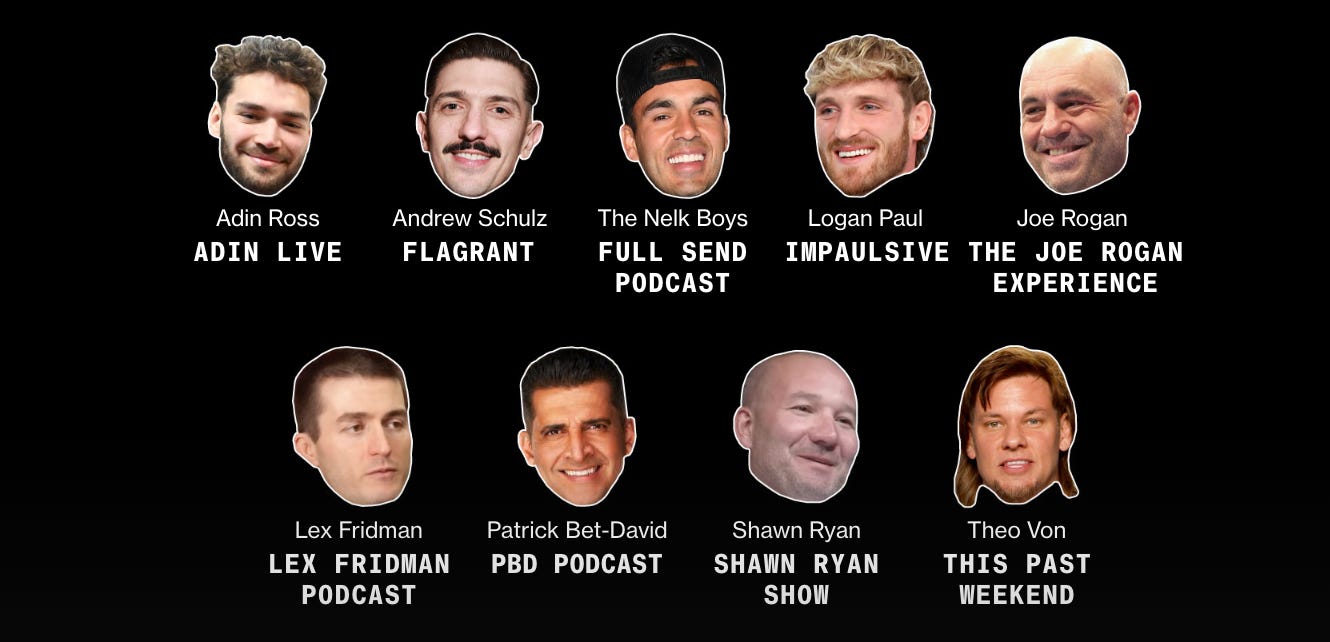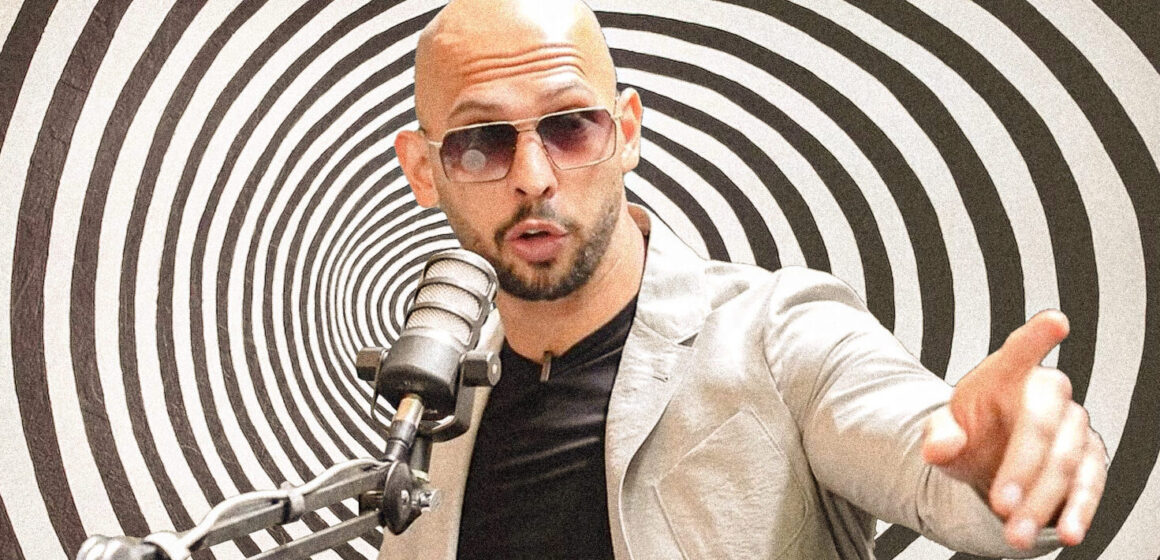
This is, in brief, the plot of Místicas, a scripted fiction audio series created by that brilliant screenwriting duo Carmen Pacheco and Manuel Bartual and produced by the independent film studio VIVA with European funds. It is one of the most interesting and original audio works I’ve listened to recently. The podcast is constructed like a kind of narrative matryoshka with multiple narrative levels, and each narrative level is contained in a different frame. There’s the video podcast frame, with the interactions between Lola and Sara; there’s Lola’s streaming channel frame; and then there’s the story of what happens in the lives of the two friends.
The reason I’m telling you about Místicas, however, is not to talk about its structure, but to reflect on a phenomenon that the second episode of the podcast clearly highlights.
At one point Sara asks Lola if she has seen the comments under their podcast’s latest video. “There are at least a hundred guys commenting on which of the two they would sleep with,” Sara observes. Lola downplays it, Sara gets angry. Lola then bursts out:
“So we shut down the podcast? I close the channel? If it were up to that, there wouldn’t be a single streamer in the world. Not one. As if I’ve never played online and don’t know how things are.”
Sara accuses Lola of having put on so much makeup to record just to please the male audience. Lola responds that she wears makeup because she wants to, that it’s her way of “empoderarse” (emancipating herself). According to Sara, Lola wears makeup because the comments undermine her self-esteem. Lola retorts that she wears makeup, and puts up with drunk men in the bar where she works, because she needs money: “And now I put on makeup and stream because I want to earn a little more and suffer a little less.”

Sexism in the Streaming Video Industry
Sexism has been a part of video streaming since its inception. Since the early 2010s, platforms like Twitch and YouTube began allowing live content creation, and female creators have always had to face a hostile environment: sexually explicit comments, harassment, constant sexualization of their bodies and content. All of this in an attempt to delegitimize the presence of women in traditionally male-dominated spaces like gaming, tech entertainment, and cultural criticism.
With the increase of video-format podcasts, this phenomenon has become even more widespread in the podcasting world, where creators often deal with text-based harassment in chats, body shaming, and sexual innuendos that reduce their work to mere objects of male desire. Sexism is a strategy of exclusion designed to discourage female participation and keep these spaces as exclusively male territories.
The Gender Gap in the History of Podcasts
The Illusion of Progress
Despite the progress in podcasting, as I mentioned earlier, the rise of video podcasts risks undoing much of the progress made in terms of inclusivity and female representation. The emphasis on “camera-readiness” has introduced new barriers for female creators, subjecting them to a high level of aesthetic scrutiny.
Podcasters now have to not only produce quality content but also appear perfect. Impeccable hair, well-done makeup, professional lighting, and strategically selected outfits have almost become a requirement, much more so for women than for their male counterparts.
In general, the world of video podcasts is increasingly reflecting the dynamics of the “manosphere”: spaces dominated by men interviewing other men, with a narrative that favors predominantly macho perspectives.
This is evident from a recent analysis by Bloomberg of content from a series of U.S. podcasters and streamers who have emerged in the last two years as a new mainstream source of information for millions of young men. Bloomberg‘s analysis highlights the role of these creators, all men and mostly conservatives, in supporting Donald Trump during the 2024 presidential election.

This situation, of course, is not limited to the United States. It is becoming increasingly widespread in our country as well. For example, journalist and writer Selvaggia Lucarelli recently discussed it in her newsletter:
“Observing how communication around politics (and vice versa) is moving in America, it is impossible not to notice how a very similar framework is being built in Italy. A framework that was chillingly summarized by the new macho [Mark] Zuckerberg, who, as a guest on the famous podcaster Joe Rogan’s show, said: ‘Male energy is a good thing. And obviously, there is a lot of it in society, but I think corporate culture is really trying to move away from it. I think having a culture that celebrates a bit more aggression has its merits.’
The Italian rise of macho, aggressive, conspiratorial, and inappropriate video podcasts, mostly hosted by men interviewing men and strategically and comradely promoting each other, is not accidental. It is perfectly in line with what is happening in America and with the cultural hegemony project and ideas of Musk and Trump.”
Despite the advances in audio podcasting, video podcasts risk representing a dangerous step backward: a territory that, rather than opening up to greater inclusivity, reaffirms old gender stereotypes and discriminatory practices.



Leave a Reply